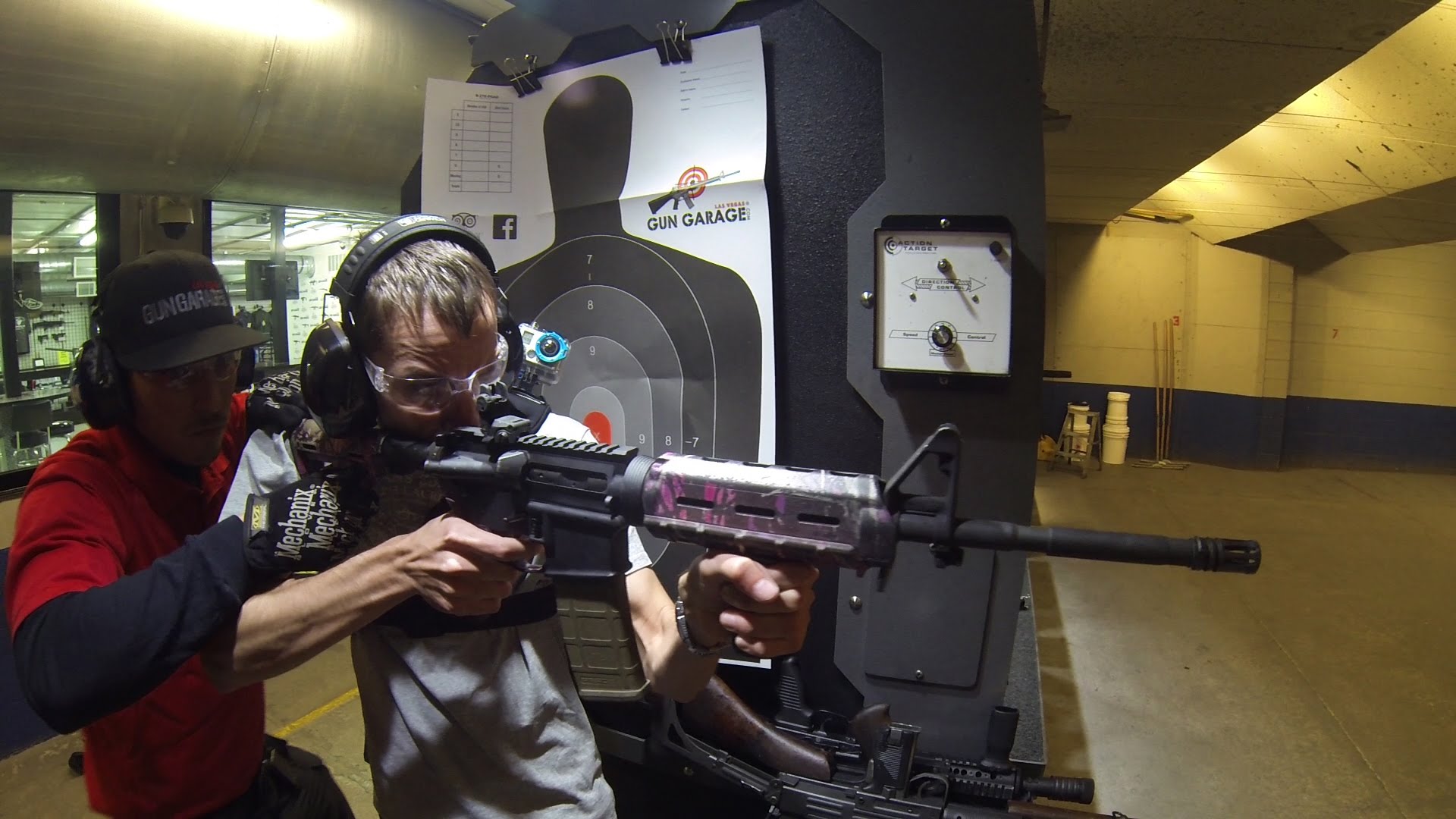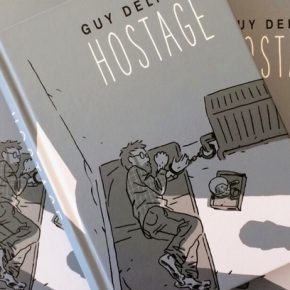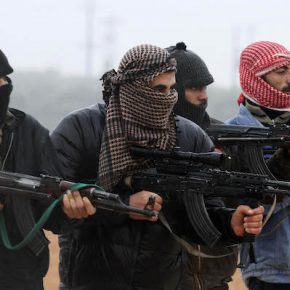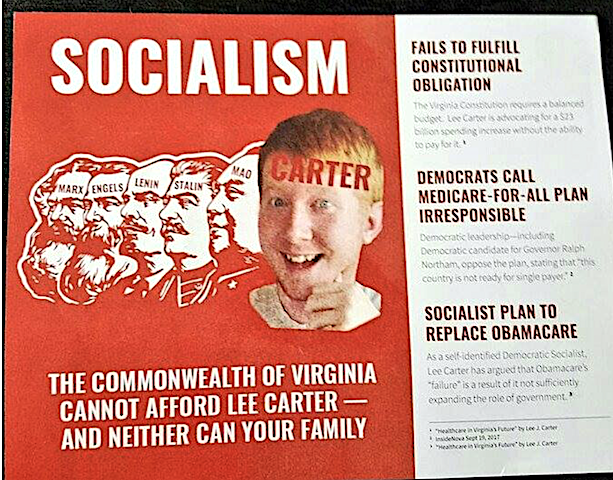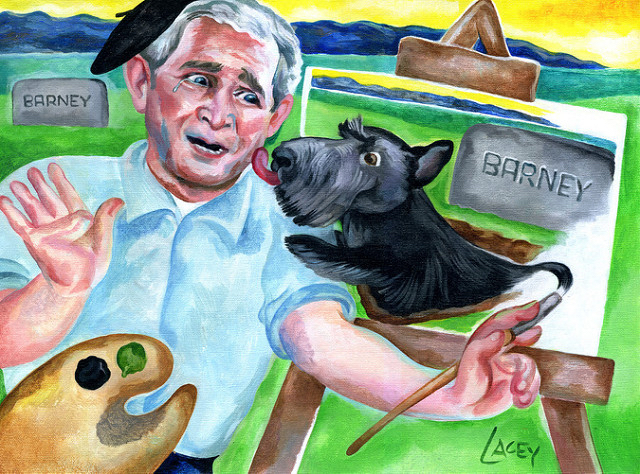Nothing so perfectly illustrates the singular position of the United States among industrialized democracies as the propensity of its citizens to shoot each other in groups four or more.
Certainly, there have been mass shootings in other places. Norway had its Anders Breivik, Germany its David Sonboly, France its Abdelhamid Abaaoud (and his associates), but these events draw their peculiarly horrific quality from their relative rarity. Appalling as the killings in Las Vegas were, in the United States this is simply par for the course.
The frequency of public mass killing in the United States is a phenomenon unto itself. Critics of American racism have pointed out that the designation of the this or that instance of modern mass murder as being the “worst mass killing in history” systematically ignores the long period of American history in which racially motivated mass killing, sometimes rising to the level of genocide, were frequent occurrences.
Those were characteristic of a different era, one of colonial/racial domination, the argument goes. The mass killings of the modern era are different: neither less nor more horrible, but illustrative of a different historical moment.
It is difficult to explain to people not immersed in the politics and culture of this country exactly why it should be the case that atrocities of the like of those perpetrated by Stephen Paddock, Omar Mateen, Adam Lanza, Seung-Hui Cho, etc., etc., etc., etc., should not prompt some sort of remedial action. In fact, it is not some much that nothing will be done but that a significant subset of the American population believes that nothing ought to be done.
How, one wonders, did a country espousing (or claiming to espouse) the highest ideas of human civilization get to a point where the ruthless and random slaughter of dozens of citizens in the street is seen the price of liberty.
To a great extent, the gun culture in this country is facilitated by the 2nd Amendment to the US Constitution. The text, for any still unfamiliar with it, runs as follows:
“A well regulated Militia, being necessary to the security of a free State, the right of the people to keep and bear Arms, shall not be infringed.”
Commentators from the Supreme Court on down are fond of pointing to the history of the right to own arms for self-protection in English Common Law, in many respects the model for our own. But the origins of this particular amendment have less to do with that than they do with the fear of whites in the slaveholding areas of the early republic that those in the north would prohibit the slave patrols that they viewed as essential to their safety and security, and to the preservation of their way of economic life.
In debates over the proposed constitution in 1787-8, representatives of slaveholding states worried that Article I, Section 8, which among other things reserved to the federal government the right to “[call] forth the Militia to execute the Laws of the Union, suppress Insurrections and repel Invasions” would be used to restrict the right of individual states to employ militias to keep the enslaved population in check.
This was a matter of no little importance, since the white population of the southern states was gripped by the (not unreasonable) fear that slaves would rise up and murder them in their beds. The connection between the limitation on militias and the problem of slave revolts was made clear by no less a figure than Patrick Henry who, in the course of the ratifying convention in Virginia in 1788 claimed,
“If the country be invaded, a state may go to war, but cannot suppress [slave] insurrections [under this new Constitution]. If there should happen an insurrection of slaves, the country cannot be said to be invaded. They cannot, therefore, suppress it without the interposition of Congress…. Congress, and Congress only [under this new Constitution], can call forth the militia.”
Henry further noted that although there were more than 230,000 slaves in Virginia alone, there were none at that point in the northern states. Emancipationist sentiments in the north and the danger of slave revolt in the south prompted representatives of southern (particularly in the person of the Virginian slaveholder James Madison) to amend the constitution.
It is not insignificant that in the original draft of the amendment the opening named militias as essential to the security of a free “nation.” Its subsequent replacement with the word “state” emphasized just what purposes the amendment was meant to serve.
Yet, even with the unfortunate history of the text, not to mention the obvious fallacy it contains (a well-regulated militia in fact not being necessary to the security of a free state), the fact remains that the right to own firearms is the law of the land, and (pace the alarmist rhetoric of the NRA) unlikely to change in any significant way in the foreseeable future. But owning firearms is one thing. The question remains as to whether that right is completely unlimited.
Certainly, some limits have been acknowledged, such as the prohibition on owning fully automatic weapons, or other military grade ordinance, or silencers (although the NRA seemed until very recently to be interested in scrapping that regulation). But there seems to be little appetite for extending these prohibitions.
This is due, in no small respect, to the political agency of the NRA. The organization has shown a remarkable facility for mobilizing dollars and vocal advocates to discipline and punish any public authorities who might have the temerity to attempt to restrict the availability of firearms to people not excluding the severely mentally ill. This is a strategy that synergizes with the importance of the gun in the American model of masculinity.
Movie icons from John Wayne, to John Rambo, to Ralphie Parker (the adorable kid in A Christmas Story who dreams of saving his family from evildoers with his Red Ryder air rifle) have inscribed the capacity of the gun to right wrongs and preserve our individuality (to say nothing of our precious bodily fluids) in notions of manhood that are widespread and deeply ingrained.
Still, one might think that something like the slaughter of country music fans at an outdoor concert in Las Vegas might move even the most hardened of American legislators to some sort of remedial action. Instead, the American public was once again treated to the pious offering of “thoughts and prayers,” so far signally ineffective in providing a great deal of solace to survivors or victims, to say nothing of preventing further outrages.
Asked if there was any plan to address the problem of public mass killing, Mitch McConnell held that it was “inappropriate to politicize” the issue while Americans were mourning lives lost and the investigation was continuing.”
There is a peculiar logic to this statement: the more frequent instances of mass killing become, the less time we would actually have to discuss them (much less do anything about them). In fact, since, as the Guardian reported, mass shootings have occurred at a rate of one every 1.14 days, there is will be no time to discuss any remedial measures for the foreseeable future.
All this is just as well, since protecting gun rights is one of those things that American politicians can do without any appreciable political cost or danger. For the white “lone wolf” type killers like Paddock (white men are never guilty of terrorism unless they espouse Islam), the standard do-nothing political response fits nicely.
When people of color are involved, the upside increases dramatically. There was a quite palpable moment of deflation when people in and around the White House realized that despite ISIS’s pro forma claim of responsibility, the killer was from the same demographic as the president and his cronies.
The ultimate fact about mass shootings in this country is that they are unlikely ever to stop because they play a very useful political role.
Even when the identity of the shooter doesn’t fit neatly into narratives of Islamic terrorism or black rage, they nonetheless allow for the ramping up of the media fear machine, further predisposing Americans to bunker in, making them ever more ready to see the signs of threat simultaneously far away and all too near.
Photograph courtesy of YouTube. Published under a Creative Commons license.
